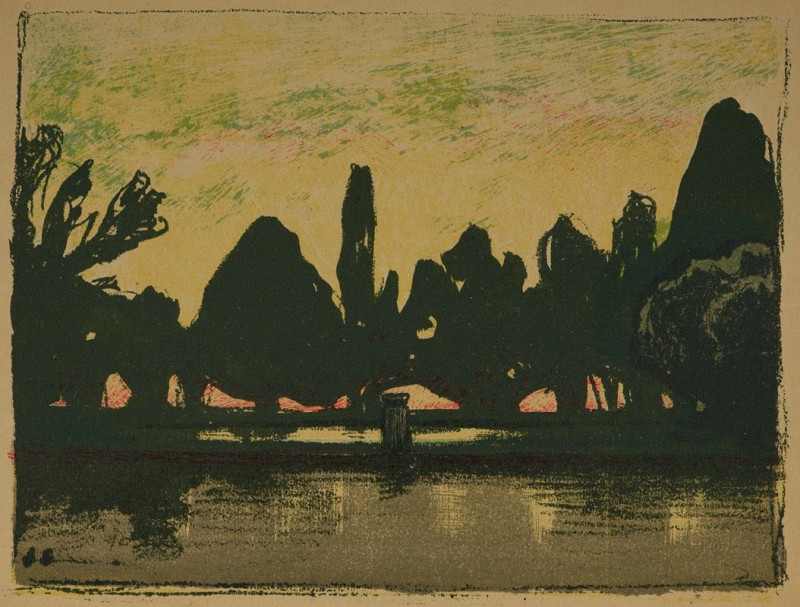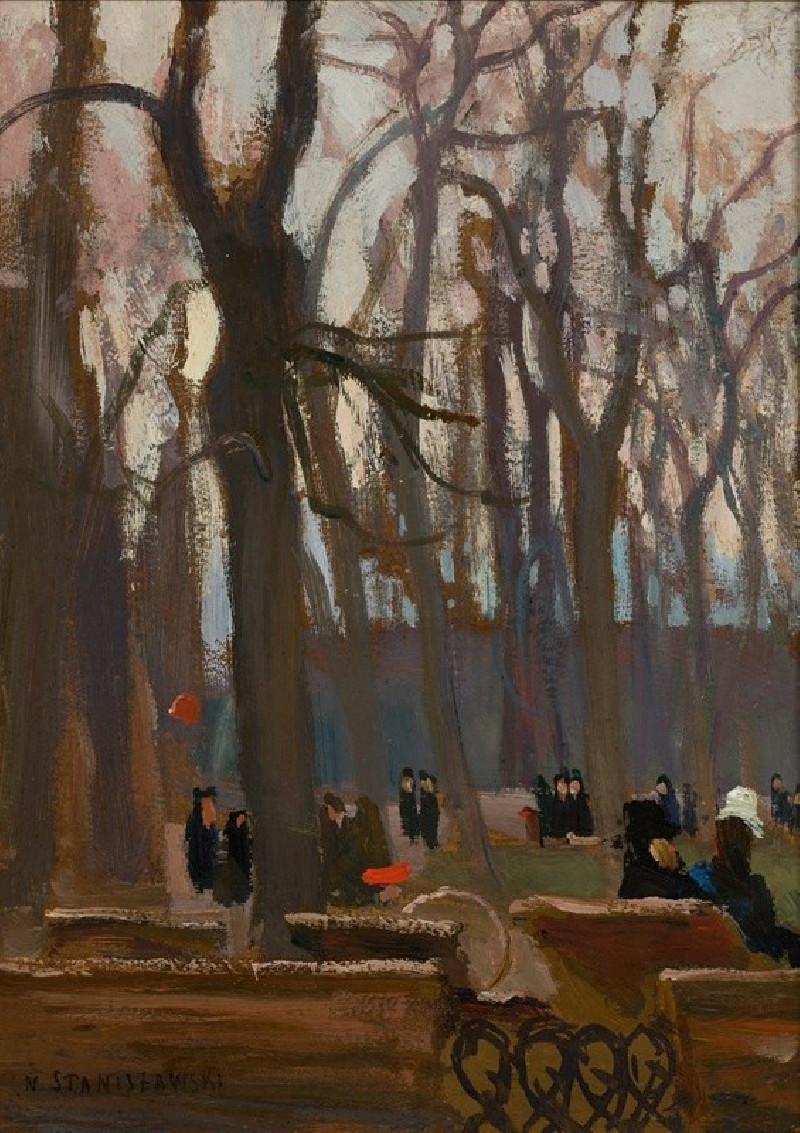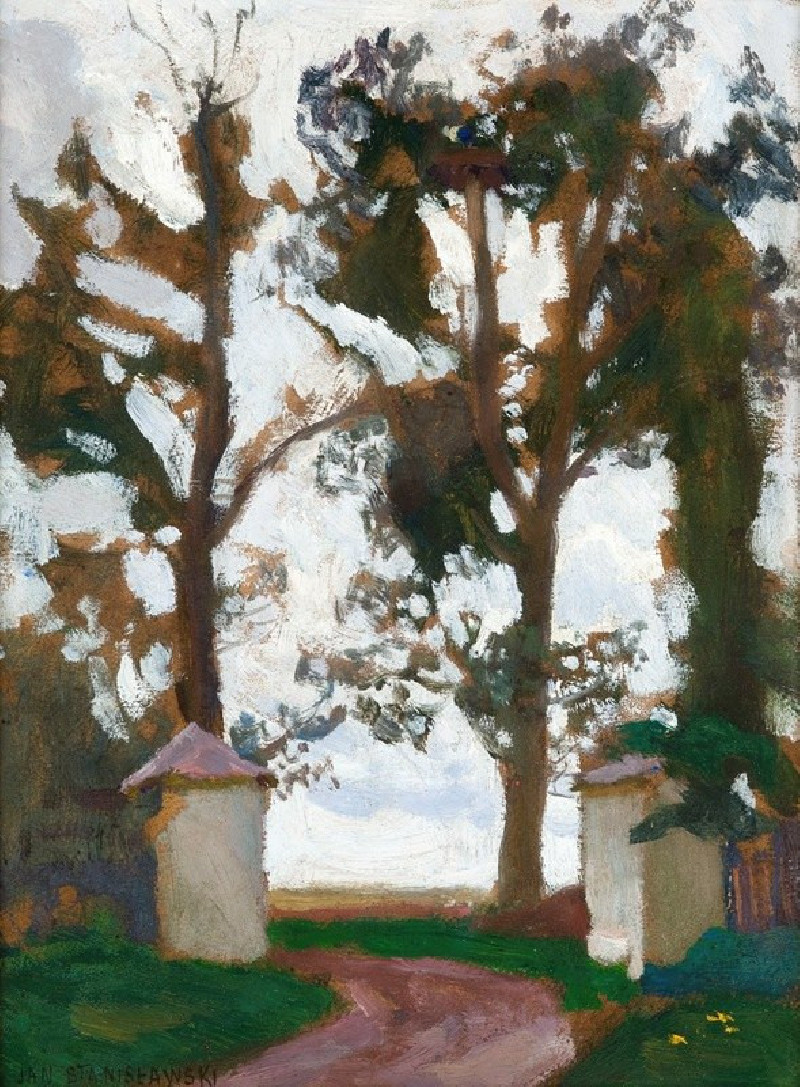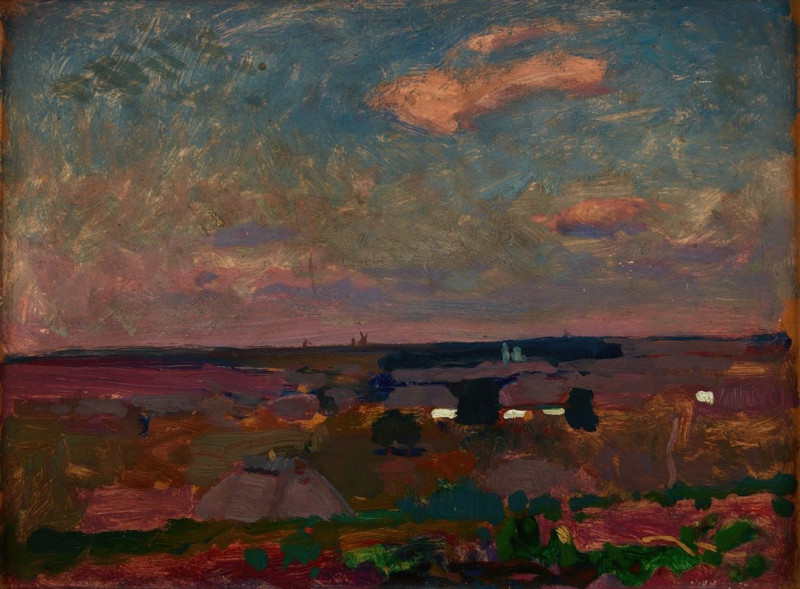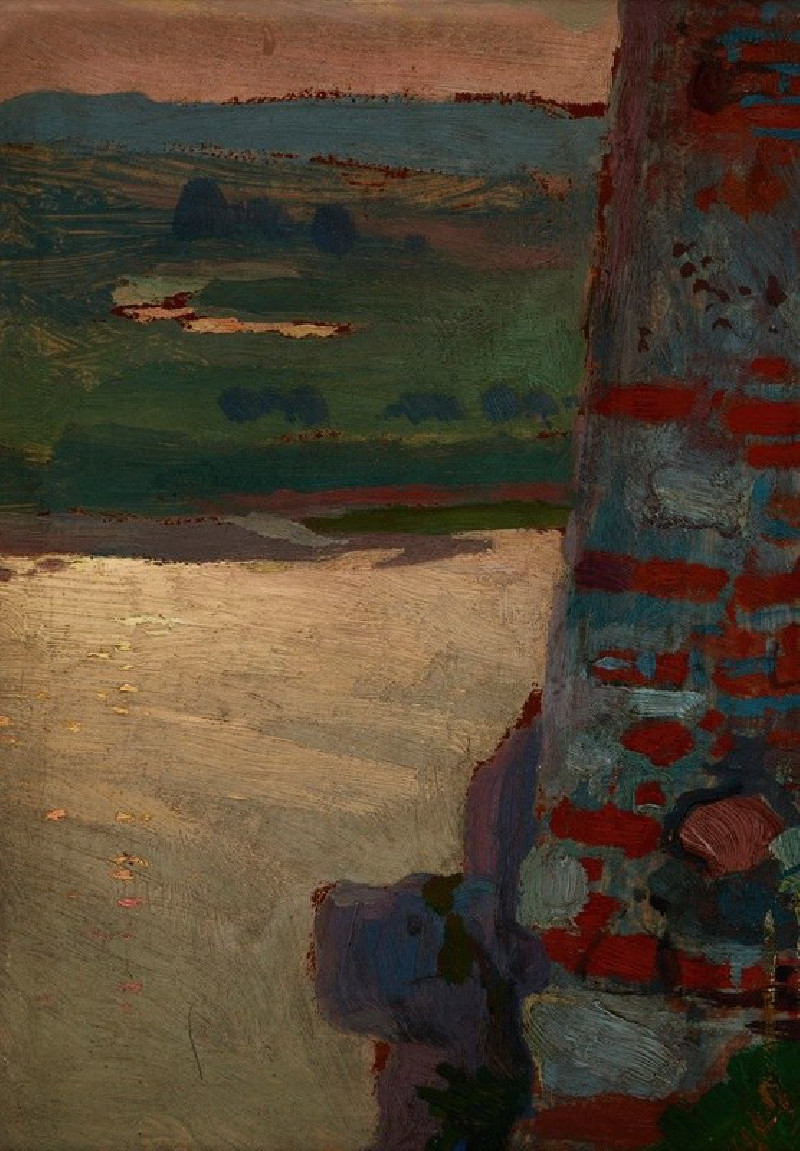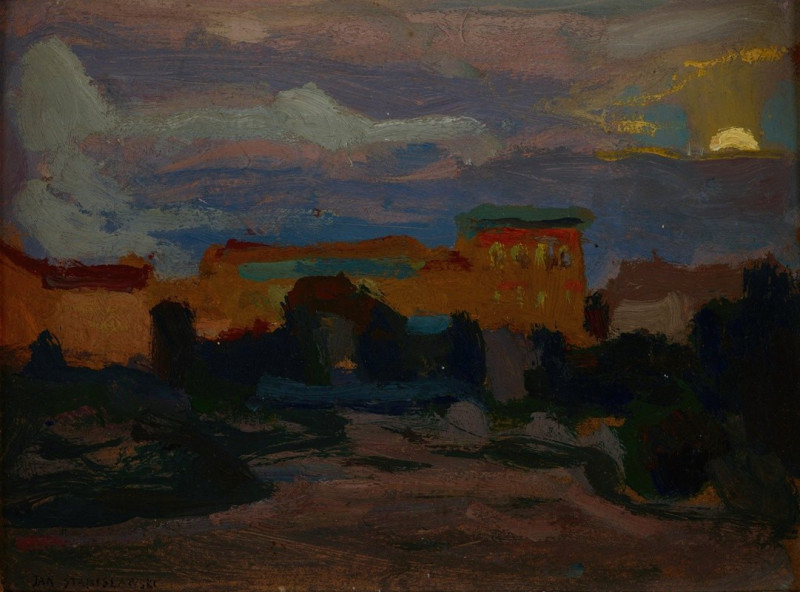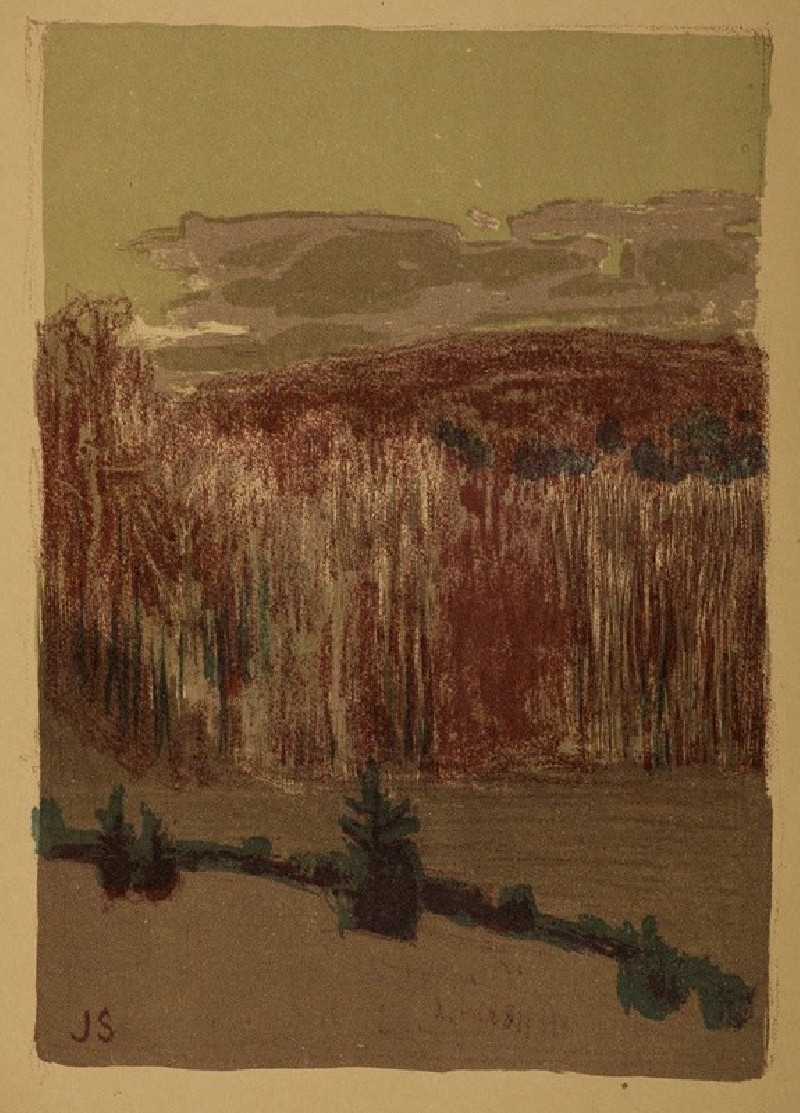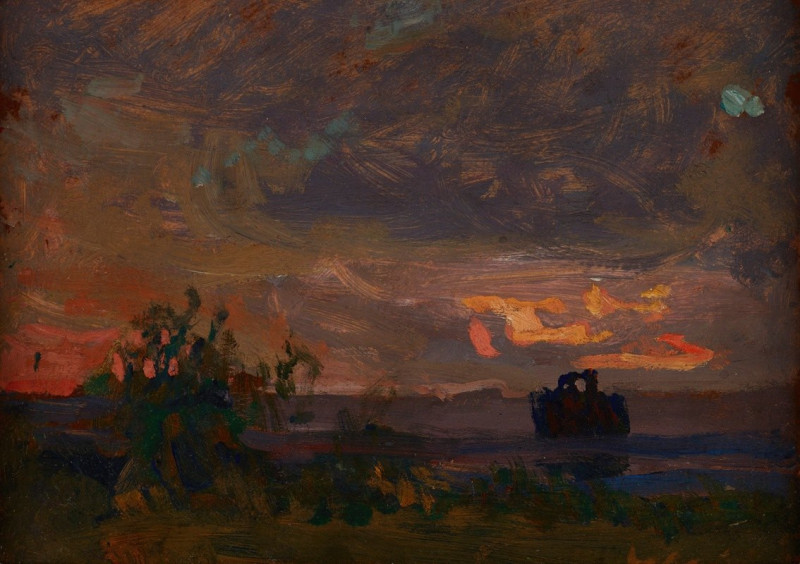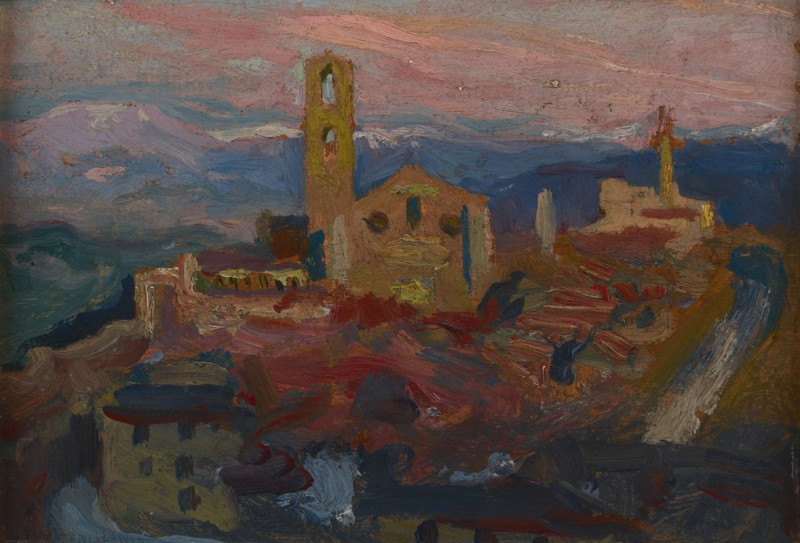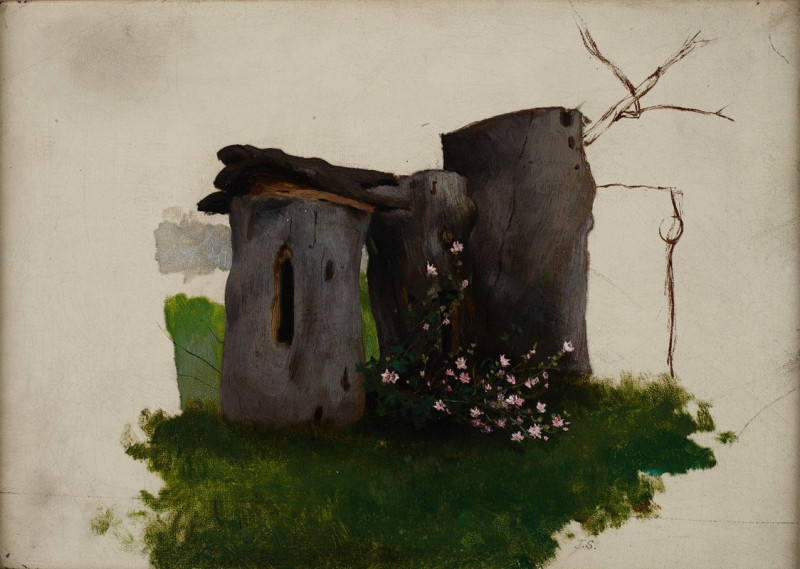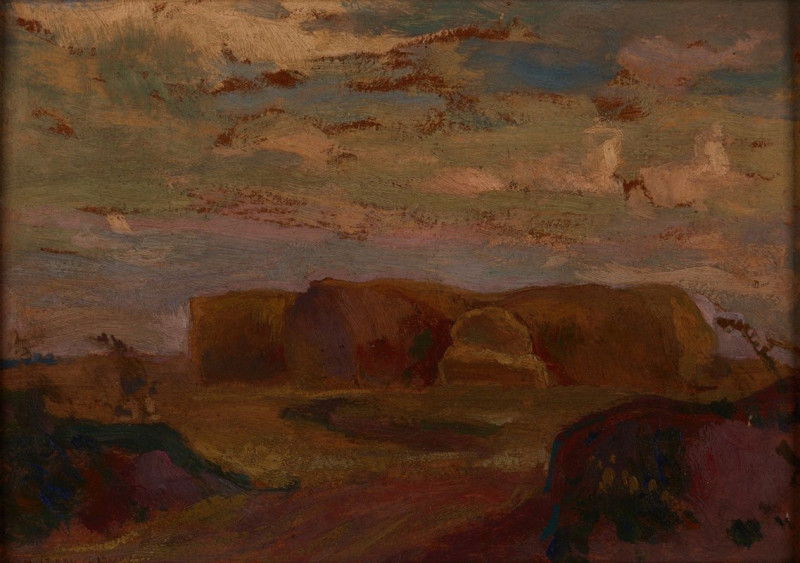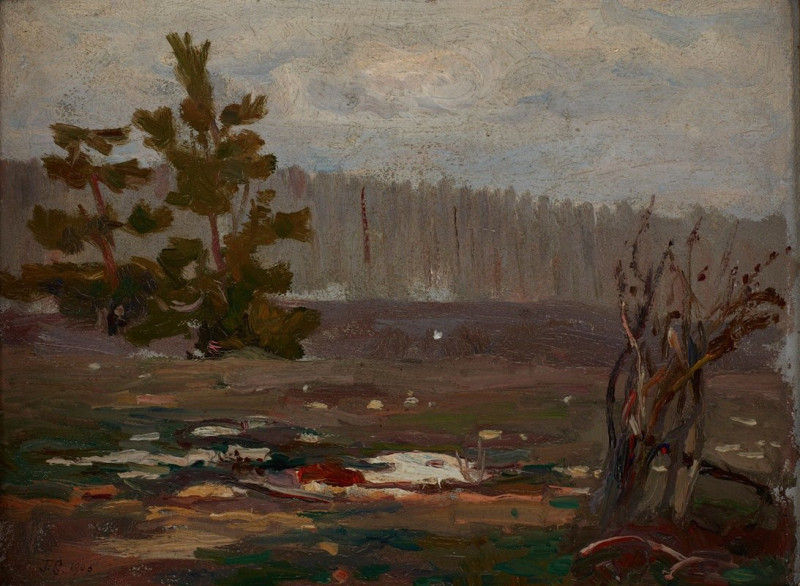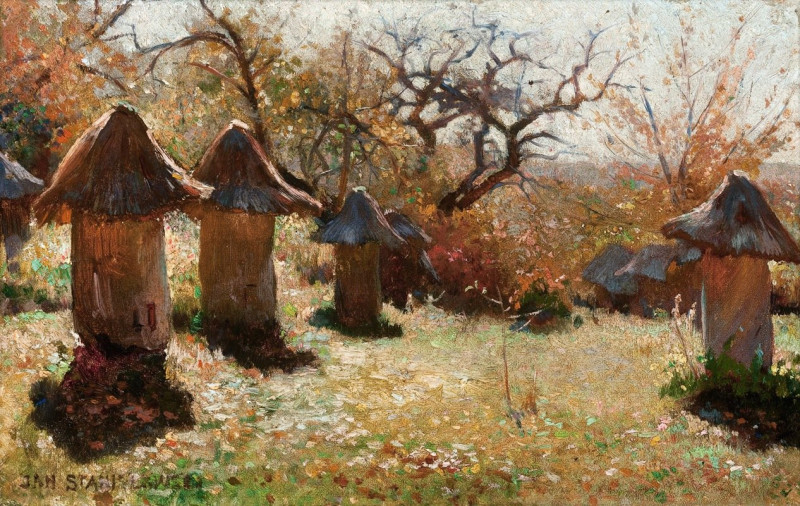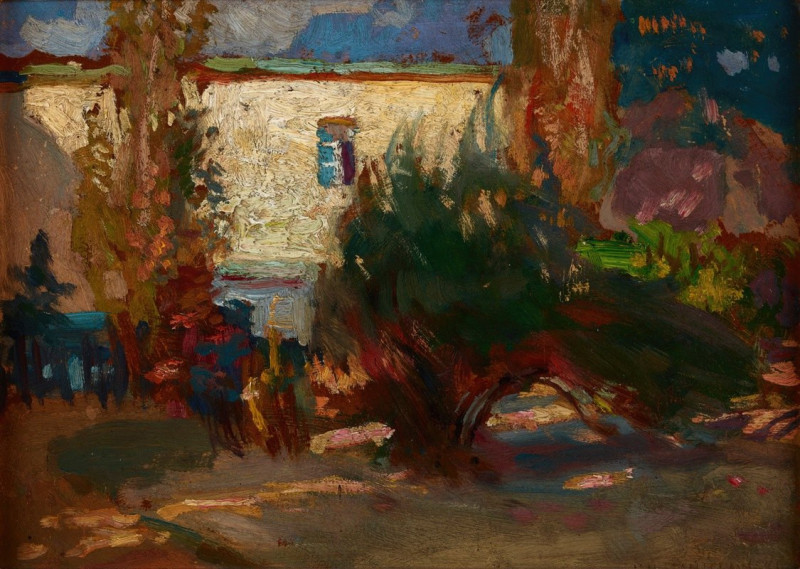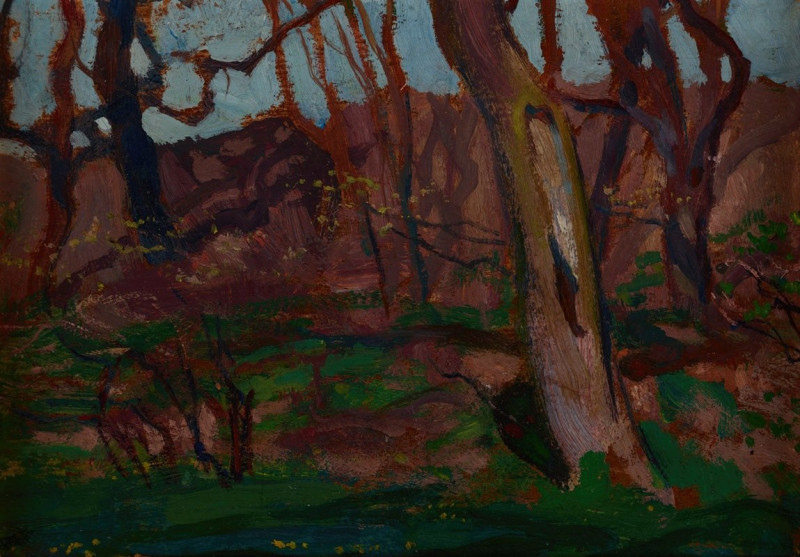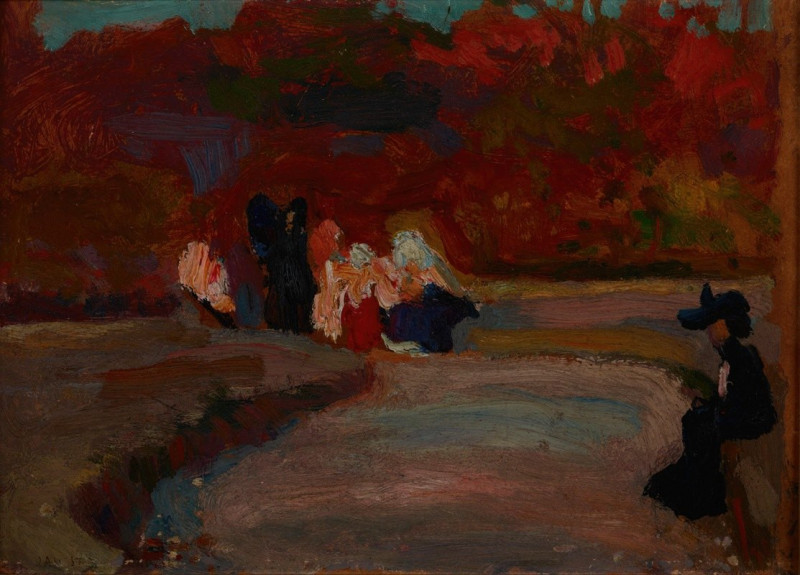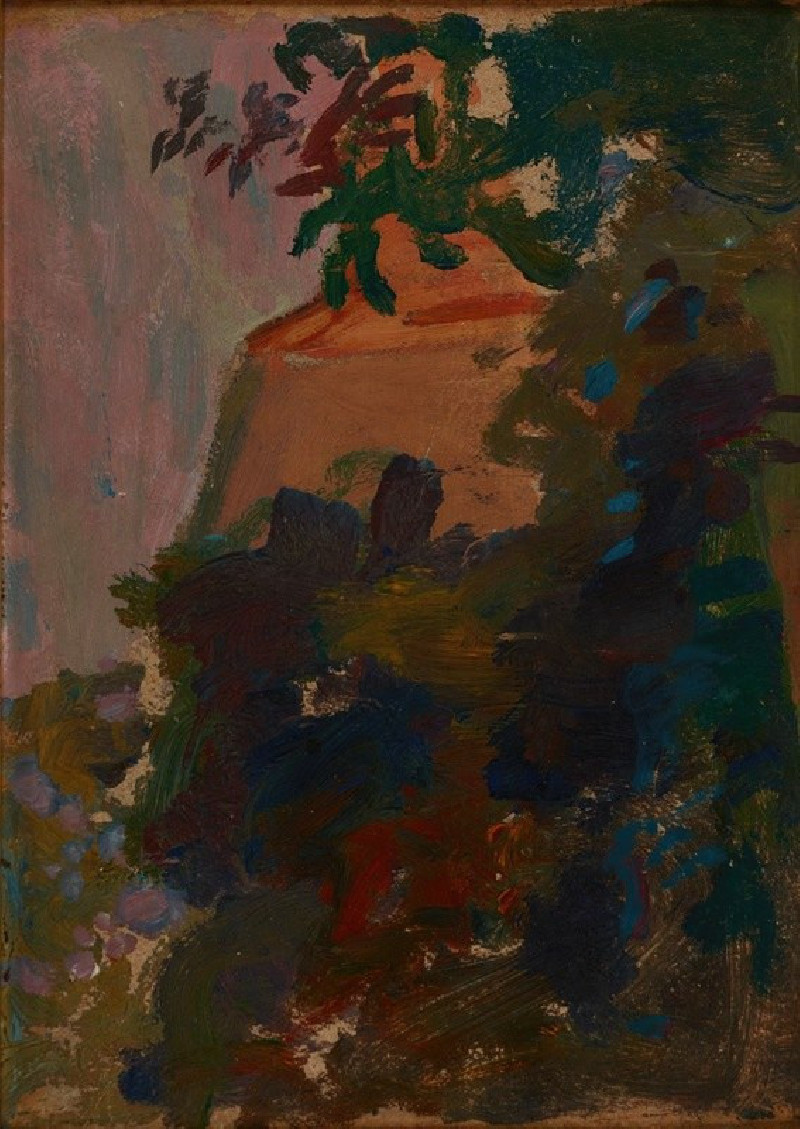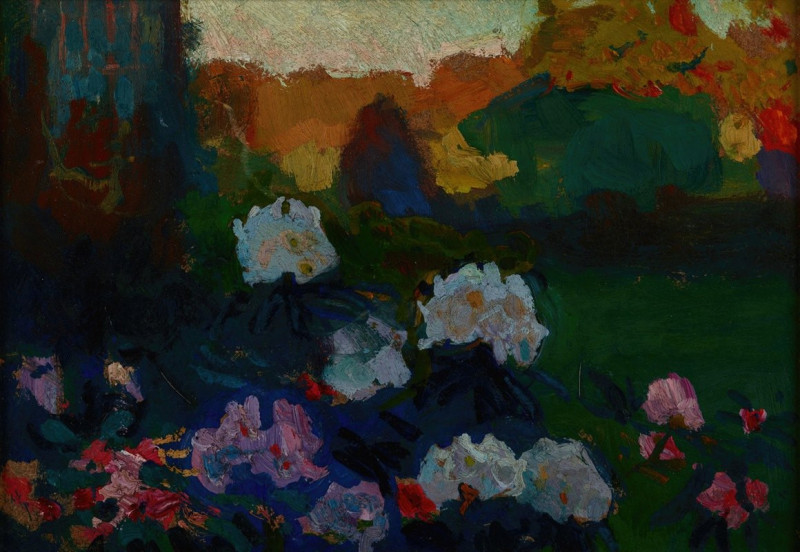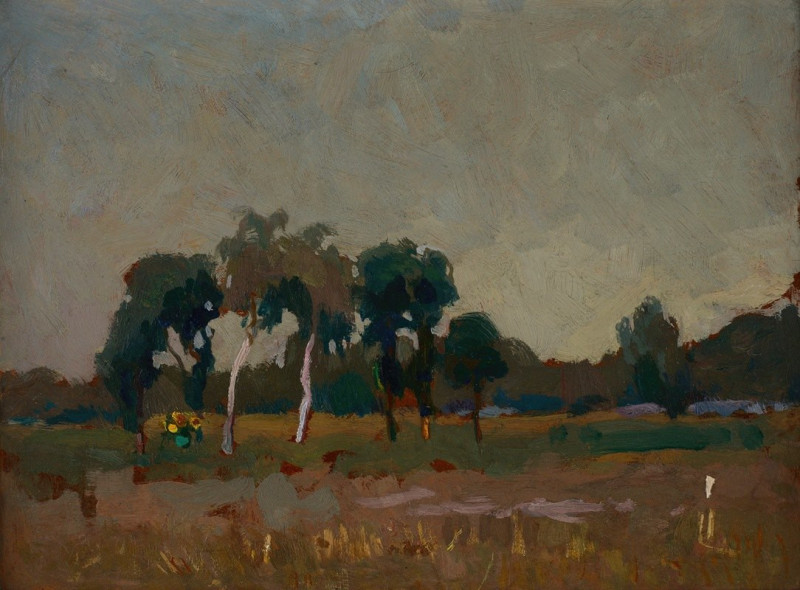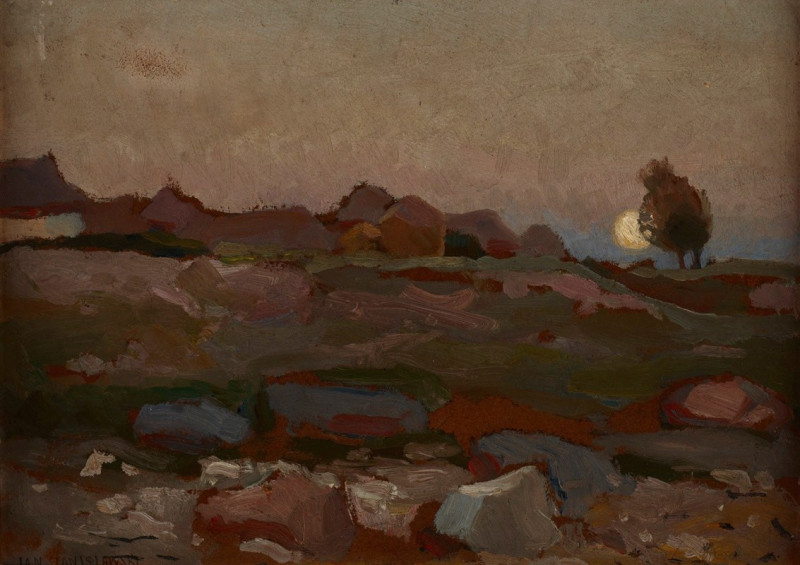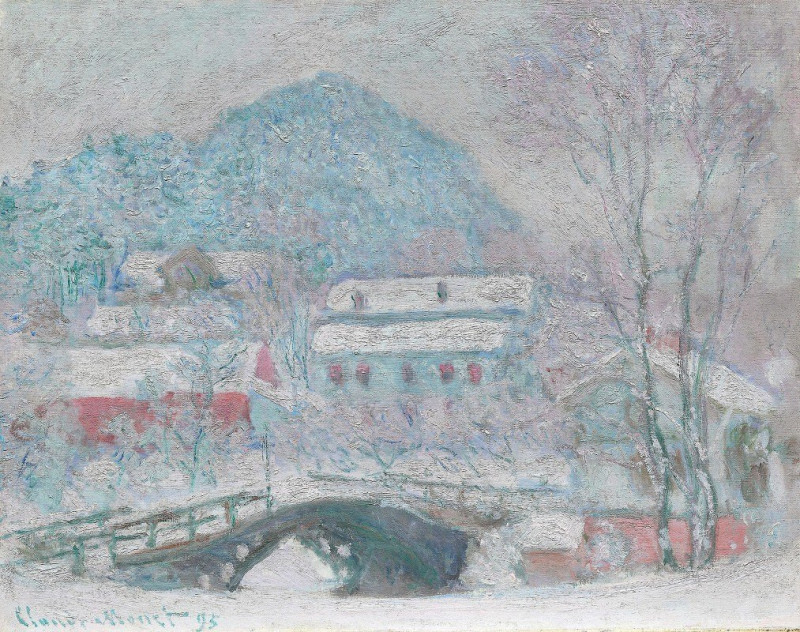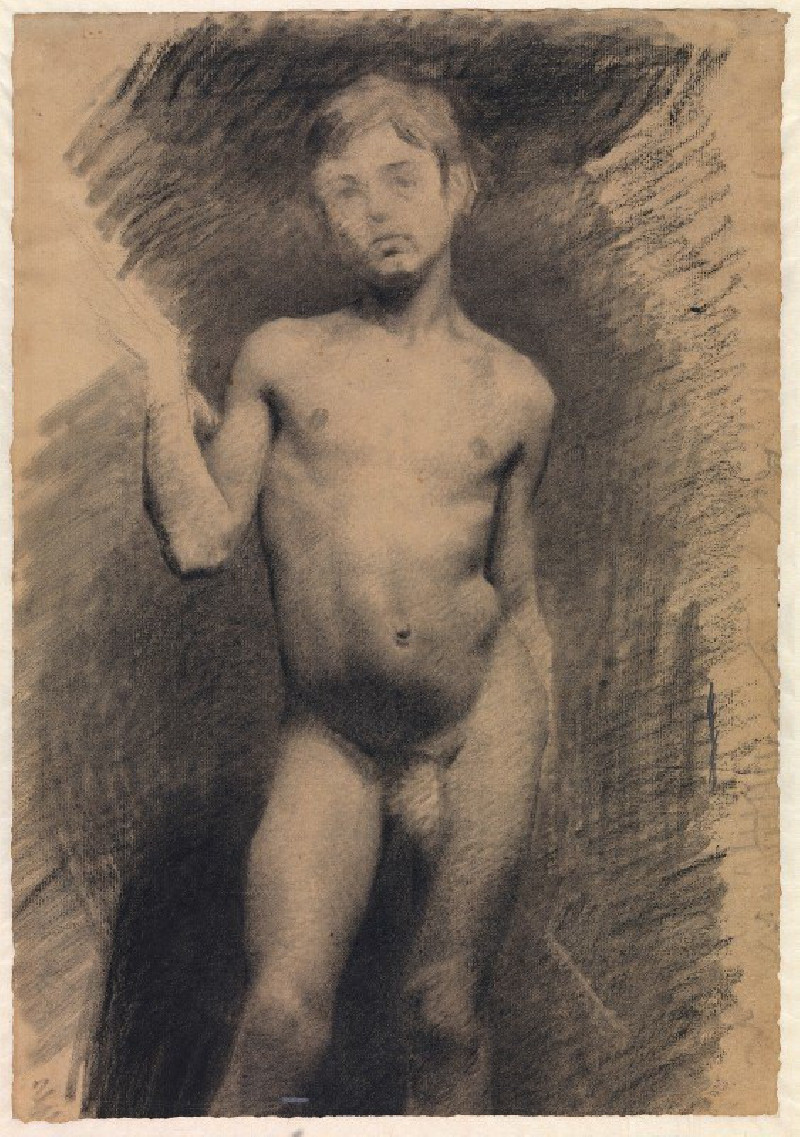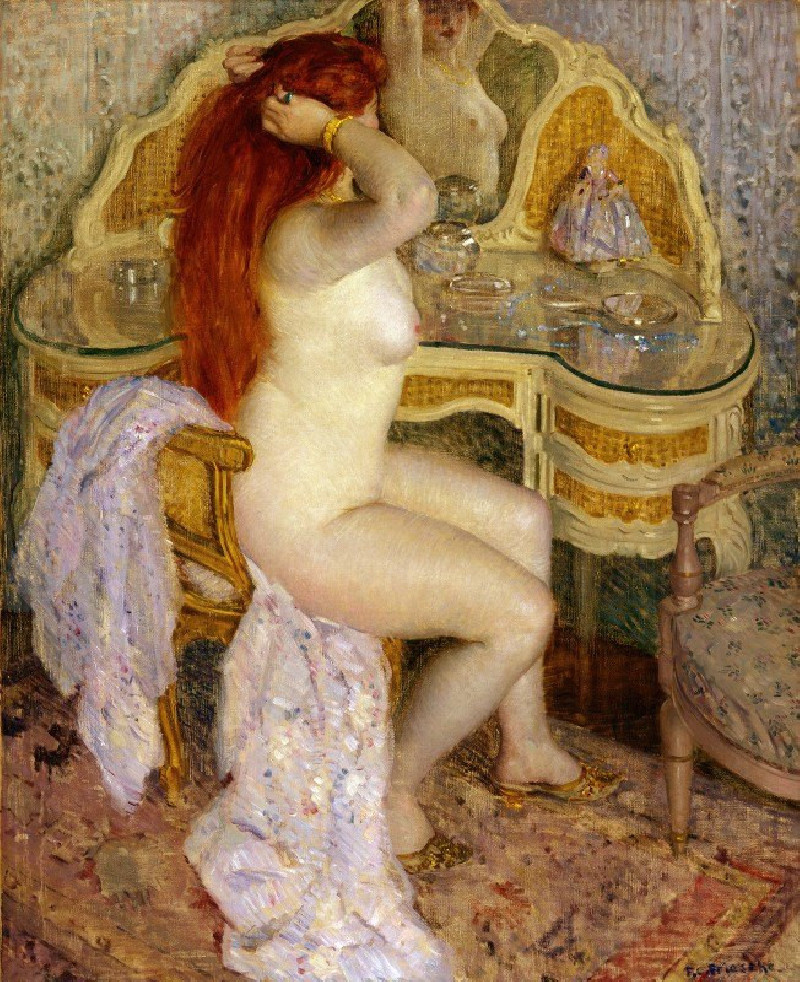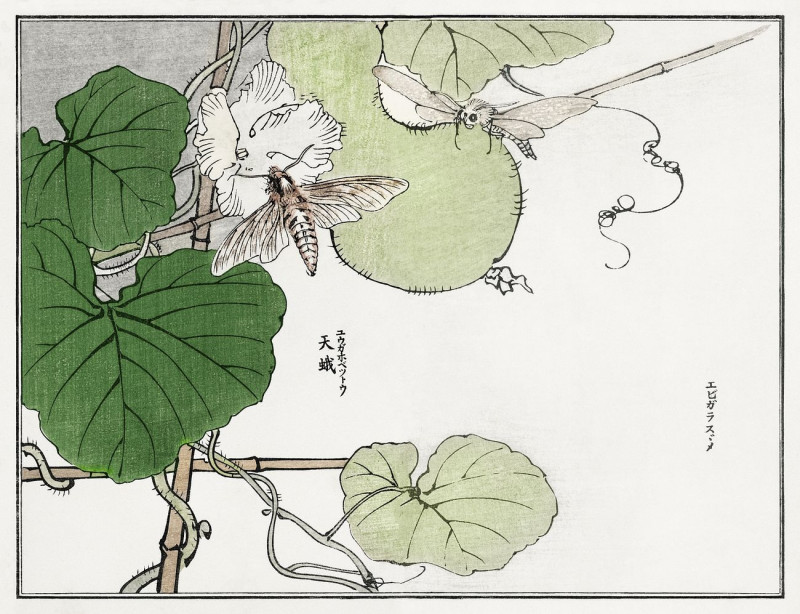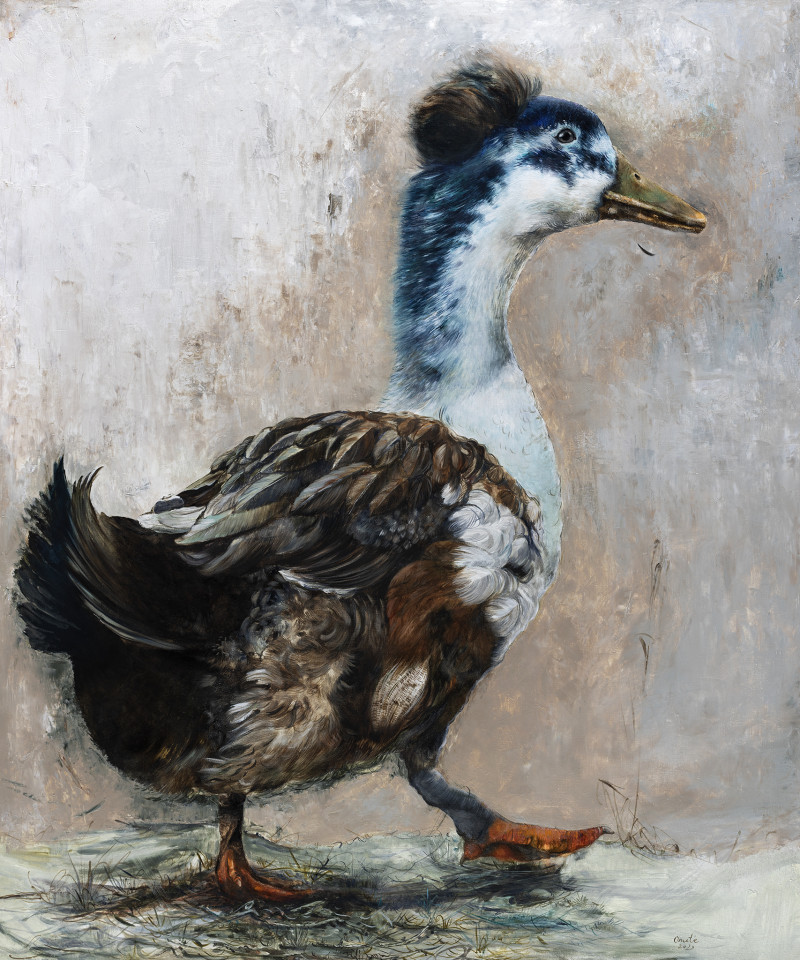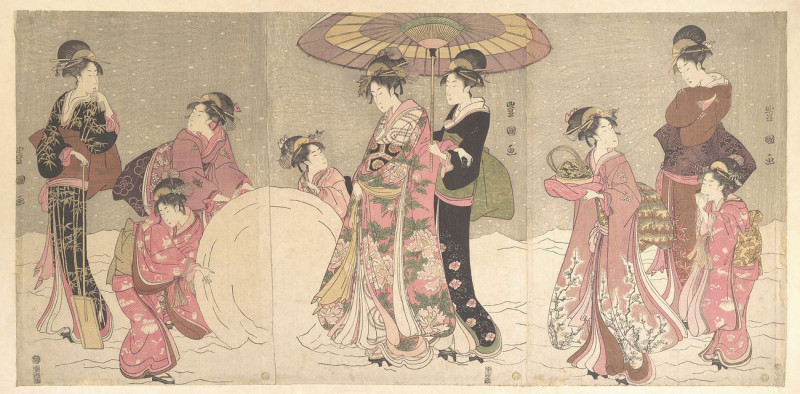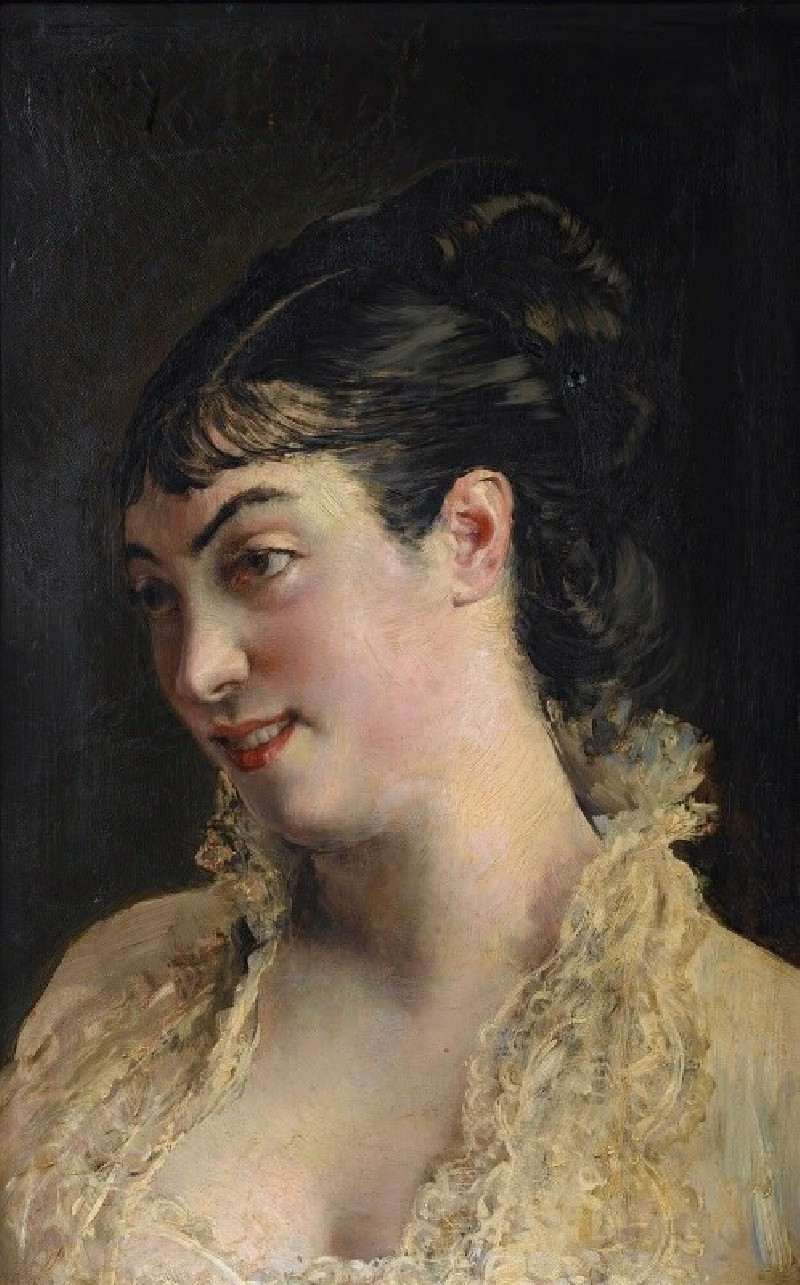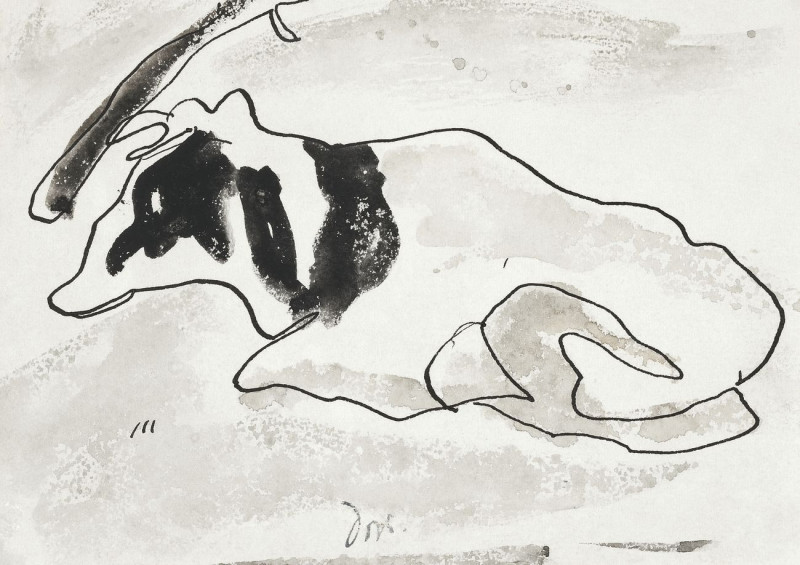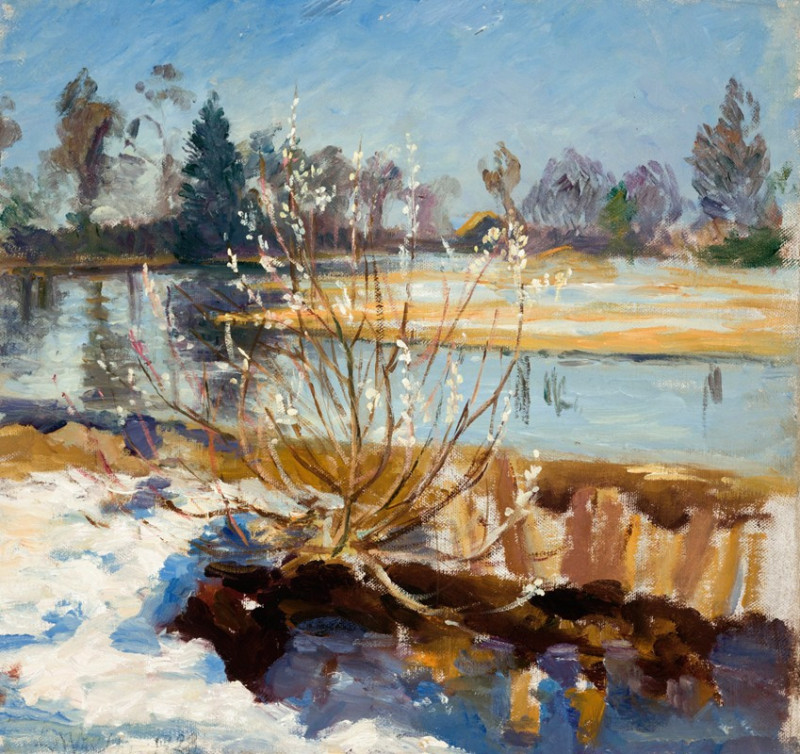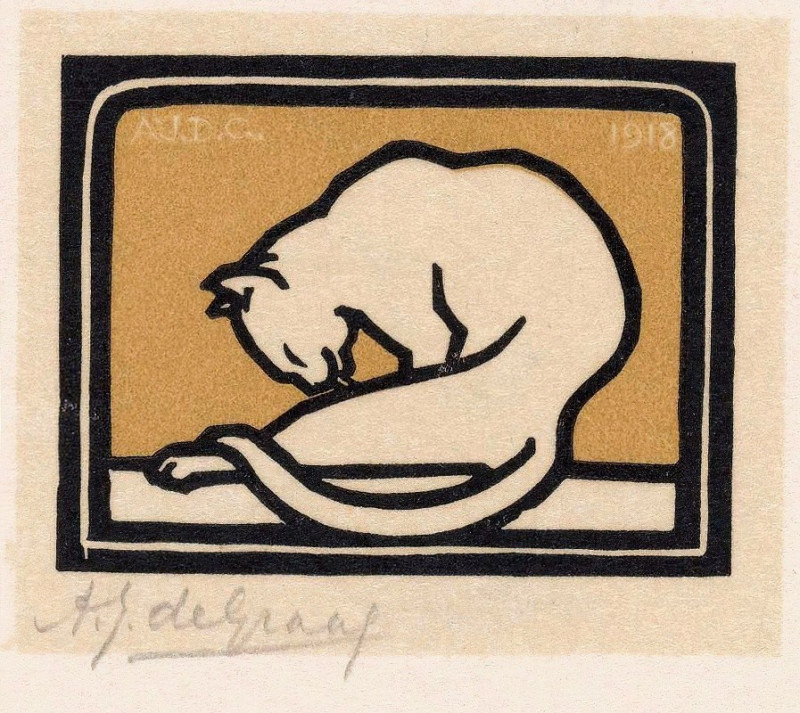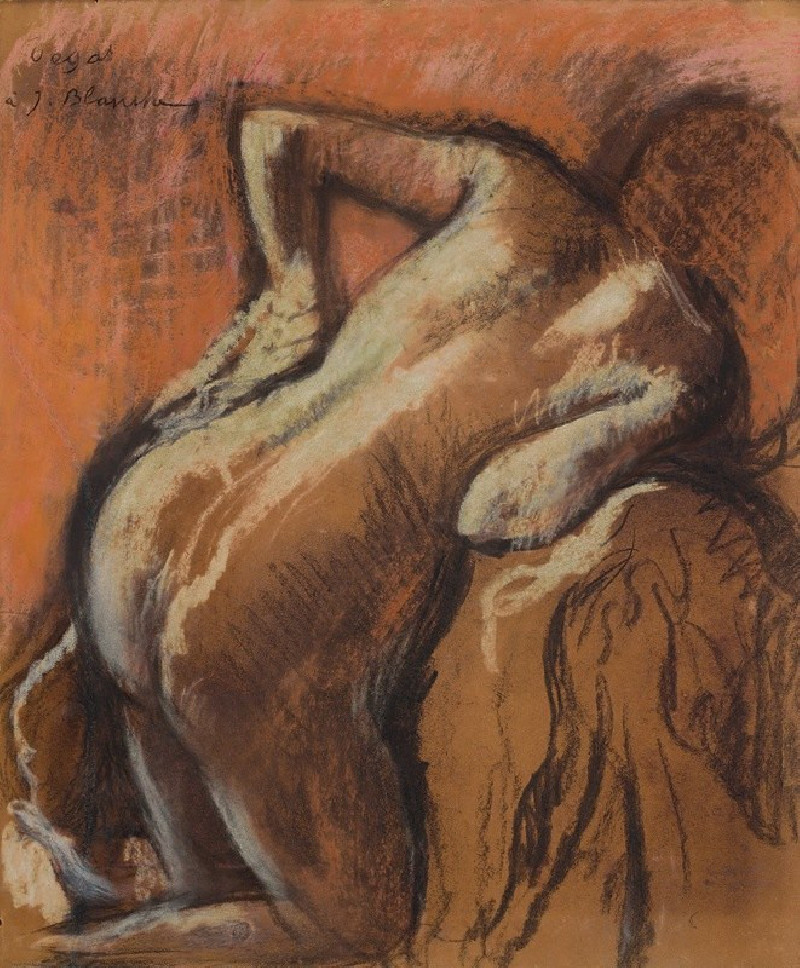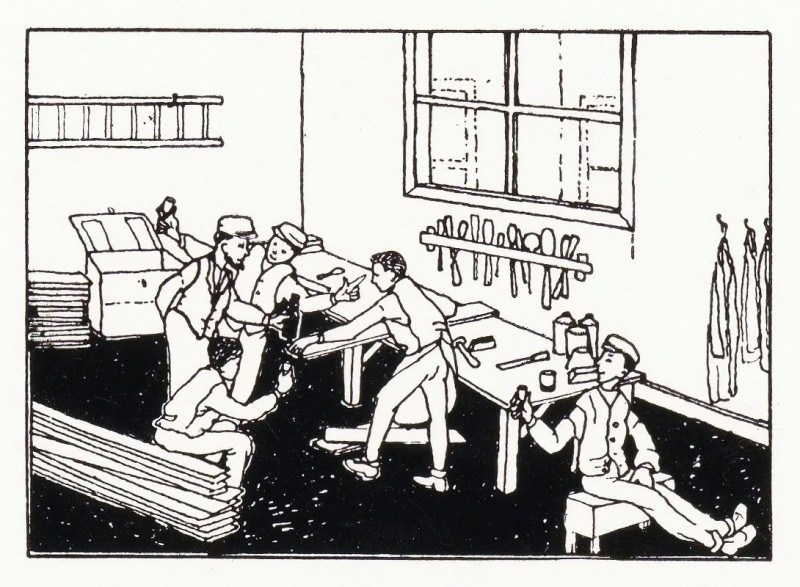Thicket (1905)
Technique: Giclée quality print
Recommended by our customers
More about this artwork
Jan Stanislawski’s "Thicket," painted in 1905, is a captivating example of his unique approach to landscape painting. This piece reflects his interest in capturing the essence of nature through an emotive interplay of color and light.The painting portrays an atmospheric scene of a dense thicket at sunset. The foreground is a rich tapestry of earthy tones and subtle hints of vibrant colors, suggesting wildflowers and foliage. The dynamic brushwork gives life to the undergrowth, creating a sense of depth and texture. As your eyes move towards the center, darker greens and blues emerge, depicting the denser parts of the thicket. These darker tones juxtapose strikingly against the muted sky, suffused with gentle oranges and creams - likely indicating the quiet descent of dusk.Stanislawski’s "Thicket" is not just a visual representation but an emotional experience; the tranquility of the scene is almost palpable. This landscape invites viewers to explore the intertwining layers of color and form, while contemplating the serene isolation of nature.



